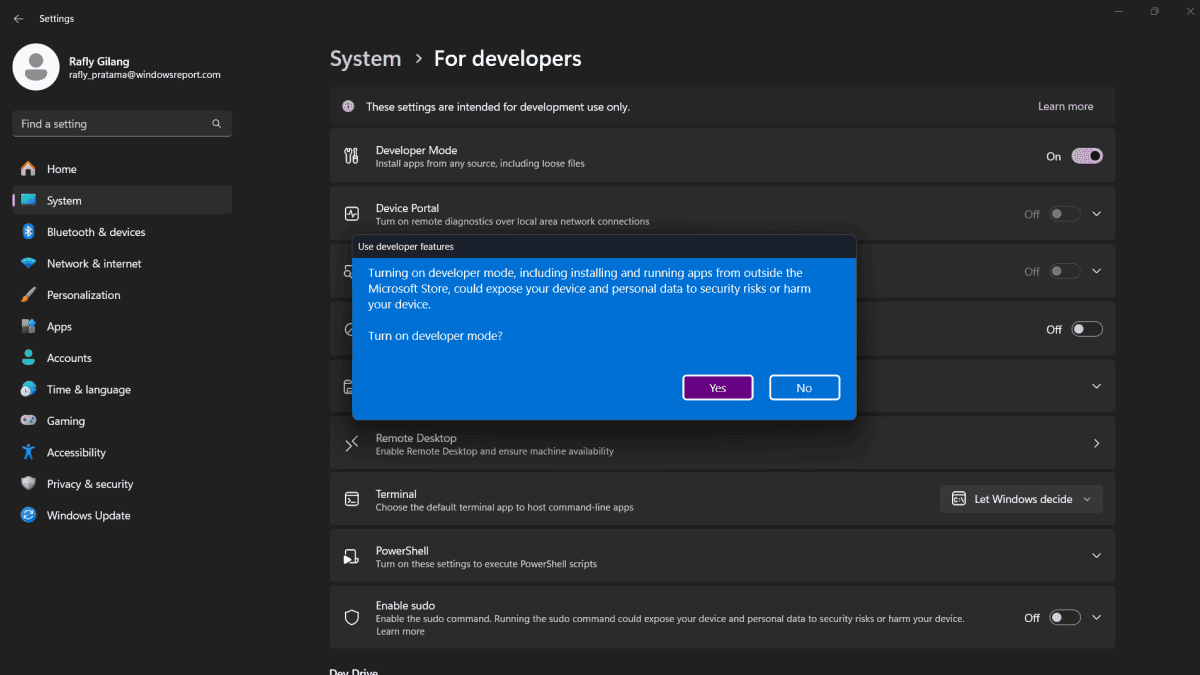Australian Air force trialing Microsoft's HoloLens
2 min. read
Published on
Read our disclosure page to find out how can you help MSPoweruser sustain the editorial team Read more

Military applications seems to be one of the hottest areas for augmented and mixed reality development, with the immediate need for urgent information while also the requirement to maintain awareness of your environment.
Microsoft’s HoloLens is at the forefront of this movement, and the Royal Australian Air Force may be the next to adopt the technology, after we have seen it demonstrated by the Israeli and Ukrainian military.
Defence Science and Technology (DST) Group (part of the Australian Department of Defence) and Saab Australia, demonstrated a 3D visualisation application developed for Microsoft HoloLens to 50 key Air Force and Defence personnel towards the end of last year.
“Augmented reality technology is evolving and this demonstration aims to increase awareness and interest in how ARV can be adapted and used for future Defence applications – either for planning or training,” said Kevin McDonald, DST Group scientist. “Specifically the scenario and simulations explored today show the utility this technology can have on our decision making models and behaviour in certain situations, and how they can shape and aid our responses to threats.”
The demonstration was well received by ir Marshall Leo Davies, Chief of Air Force.
“How we communicate, visualise and explore problems and ultimately reach solutions will be heavily influenced by technology such as ARV,” he said.
The RAAF is considering using Augmented Reality Vision as part of its technological transformation project, Plan Jericho.

“The future could be stated as either limitless, or limited by your imagination,” said Plan Jericho director, Group Captain Pete Mitchell. “ARV is a rapidly emerging technology with possible applications in fields as diverse and far ranging as medical science, research, chemistry, training, education and remote industry application – to name just a few possibilities.
“It is our job to explore the possibilities ARV can afford Air Force and this demonstration is one step in examining this potential. As ARV applications become more commercial and mainstream we expect this potential to grow exponentially.”
The Australian Army is also looking into augmented reality applications, with Captain Robert Morris of the Royal Corps of Australian Electrical and Mechanical Engineers saying the technology might allow a technician to work on a wider range of the military diverse fleet of vehicles with less training, and could be used by a storeman to operate in an unfamiliar environment where there is little time to become familiar with the layout of a warehouse.









User forum
0 messages